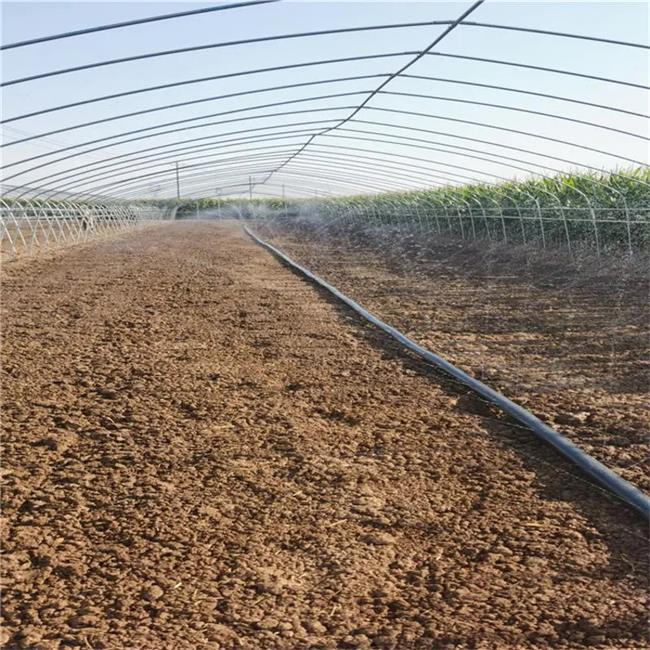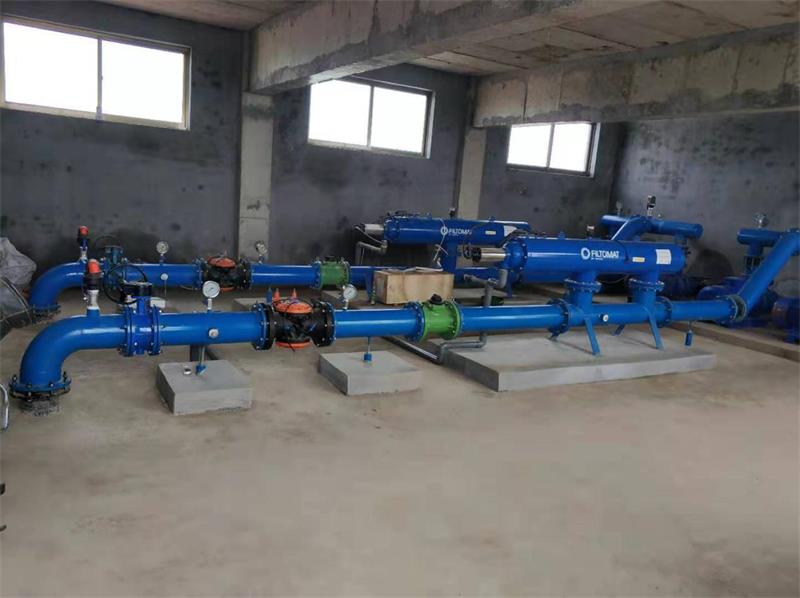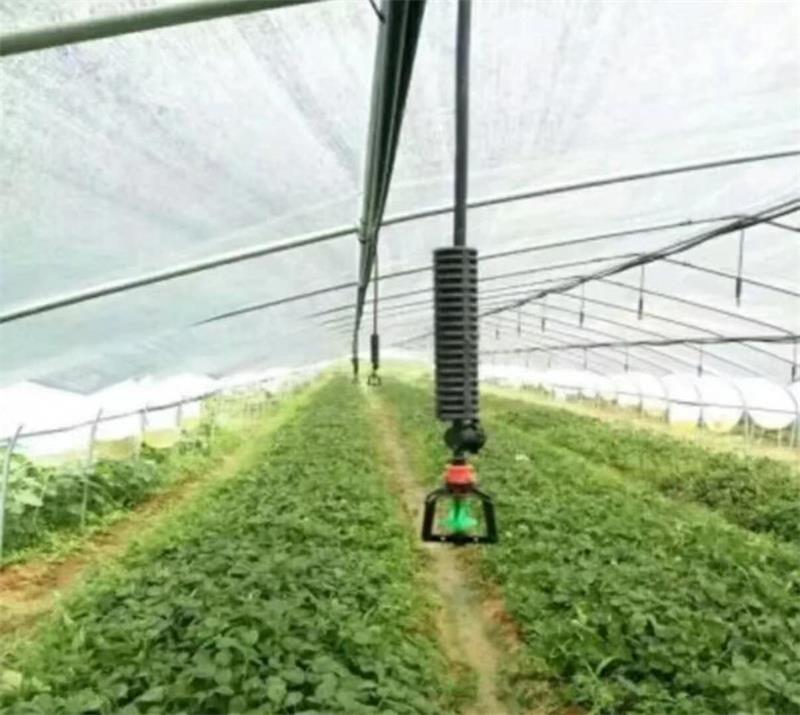Micro-sprinkler irrigation is a type of irrigation that supplies water to the soil in the root zone of crops using a low-pressure, low-flow spray method. This technique involves a comprehensive set of technologies, including equipment, system design, system integration, and operational management, all associated with the micro-sprinkler irrigation method.
While micro-sprinkler irrigation shares some similarities with drip irrigation and sprinkler irrigation, there are also significant differences that give it distinct characteristics.
- Flexibility in Micro-Sprinkler Arrangement: In micro-sprinkler irrigation, the arrangement of micro-sprinklers is highly flexible. Unless the spacing between trees is very small, the system primarily uses single-sprinkler spraying, making it a form of localized irrigation. The concept of combination uniformity, commonly used in sprinkler irrigation, is rarely applied in practical micro-sprinkler irrigation.
- High Requirements for Micro-Sprinkler Performance: The performance characteristics of micro-sprinklers are crucial. Micro-sprinklers generally do not rely on nearby sprinklers to compensate for their precipitation, and they can only cover a certain range at a low angle. Additionally, they need to meet various requirements for different spray diameters, rainfall intensities, and soil types without sacrificing uniformity.
- Enhanced Water Utilization Efficiency: Proper selection and use of micro-sprinklers can further improve irrigation water utilization. The water-saving aspect of general sprinkler irrigation lies in the reasonable control of irrigation depth, reducing deep percolation of irrigation water in the field, and emphasizing the uniformity of water distribution within the irrigation area.
Key Characteristics of Micro-Sprinkler Irrigation
Micro-sprinkler irrigation stands out due to its localized irrigation capability, enabling water to be delivered precisely where it is needed. This reduces water wastage and enhances the efficiency of water use. The system’s design allows for the careful management of water application, ensuring that each plant receives an optimal amount of water.
In contrast, sprinkler irrigation typically covers larger areas and applies water more broadly. This method is less targeted, which can lead to higher water use and potential wastage. However, sprinkler irrigation is beneficial for crops that require more extensive water coverage.
Comparison with Drip Irrigation
While both micro-sprinkler irrigation and drip irrigation are highly efficient methods of delivering water directly to the root zone, they differ in application and technique. Drip irrigation delivers water through a network of valves, pipes, tubing, and emitters, providing slow and steady water directly to the soil. This method is excellent for reducing evaporation and ensuring that water penetrates deeply into the soil.
On the other hand, micro-sprinkler irrigation uses a spray method, which can cover a larger area than drip emitters and is particularly useful in maintaining soil moisture levels and reducing dust. It also helps in creating a more favorable microclimate around the plants, which can be beneficial in certain growing conditions.
Conclusion
In summary, micro-sprinkler irrigation is a versatile and efficient irrigation method that combines the precision of drip irrigation with the broader coverage of sprinkler systems. Its ability to provide targeted, low-pressure watering makes it ideal for a variety of crops, especially in areas where water conservation is critical. By understanding the unique characteristics and advantages of micro-sprinkler irrigation, farmers and agricultural managers can make informed decisions to optimize their irrigation practices and improve crop yields.




